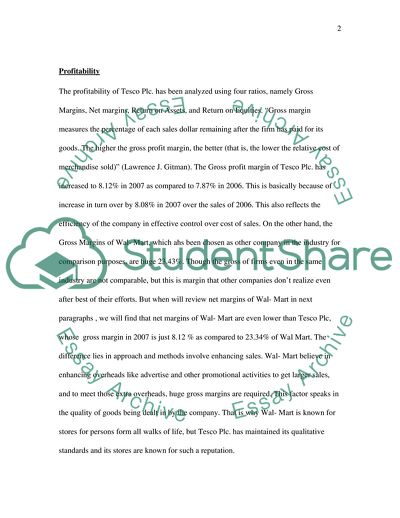Cite this document
(Tesco Analysis Assignment Example | Topics and Well Written Essays - 1750 words, n.d.)
Tesco Analysis Assignment Example | Topics and Well Written Essays - 1750 words. https://studentshare.org/finance-accounting/1714004-accounting-and-finance
Tesco Analysis Assignment Example | Topics and Well Written Essays - 1750 words. https://studentshare.org/finance-accounting/1714004-accounting-and-finance
(Tesco Analysis Assignment Example | Topics and Well Written Essays - 1750 Words)
Tesco Analysis Assignment Example | Topics and Well Written Essays - 1750 Words. https://studentshare.org/finance-accounting/1714004-accounting-and-finance.
Tesco Analysis Assignment Example | Topics and Well Written Essays - 1750 Words. https://studentshare.org/finance-accounting/1714004-accounting-and-finance.
“Tesco Analysis Assignment Example | Topics and Well Written Essays - 1750 Words”. https://studentshare.org/finance-accounting/1714004-accounting-and-finance.


